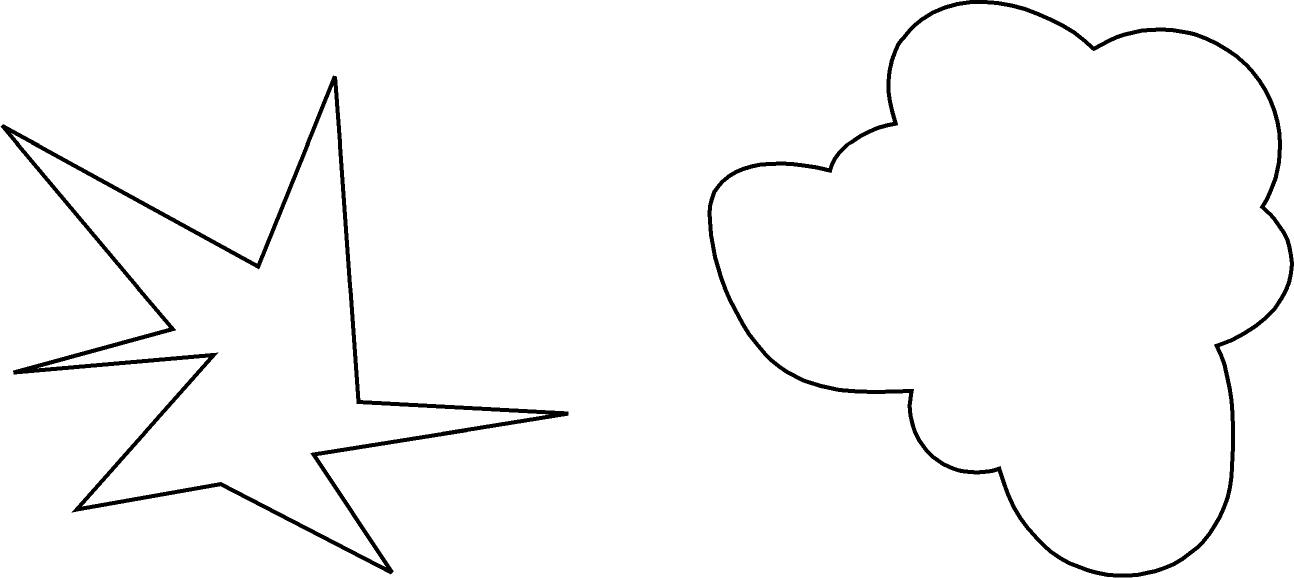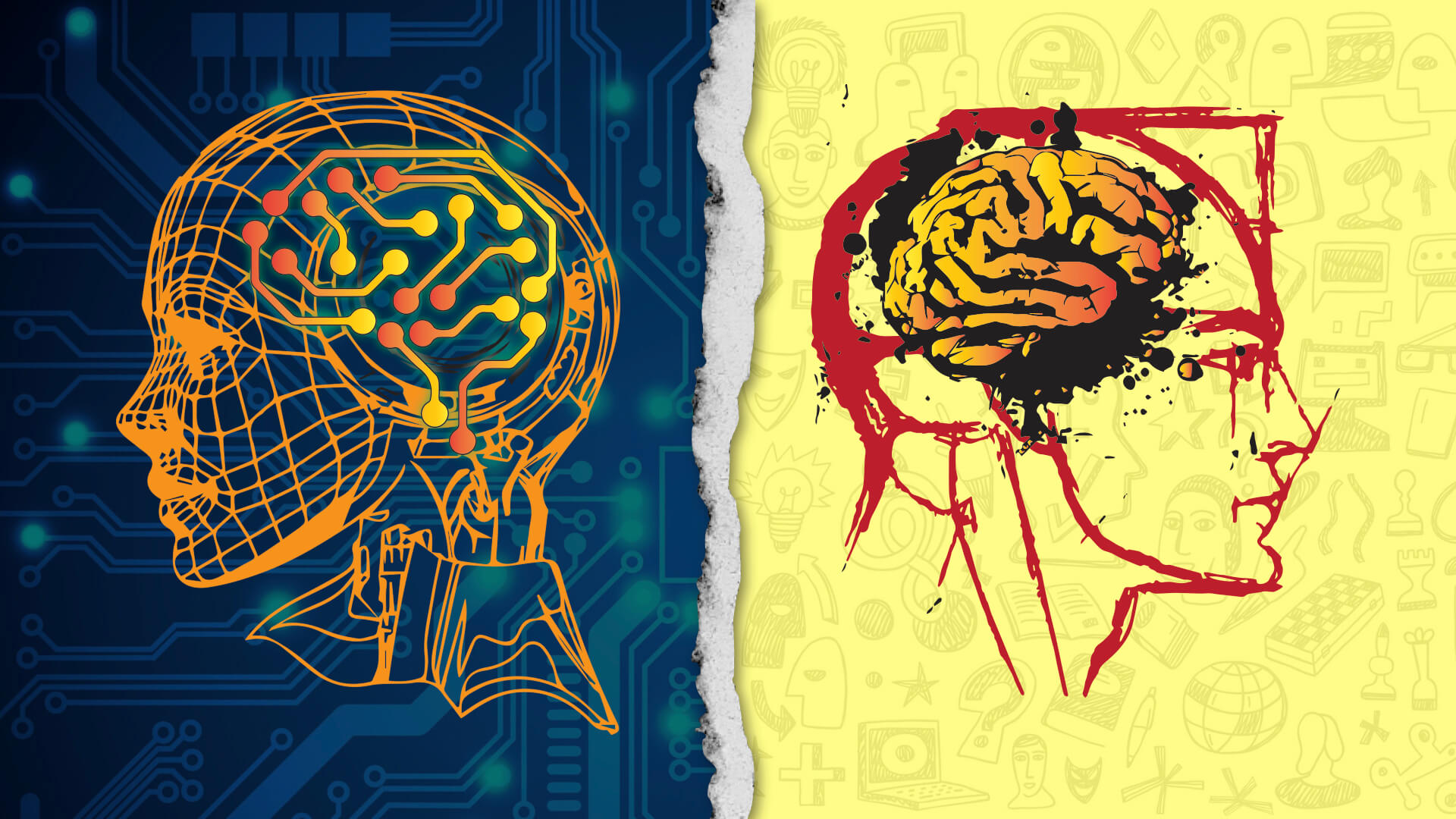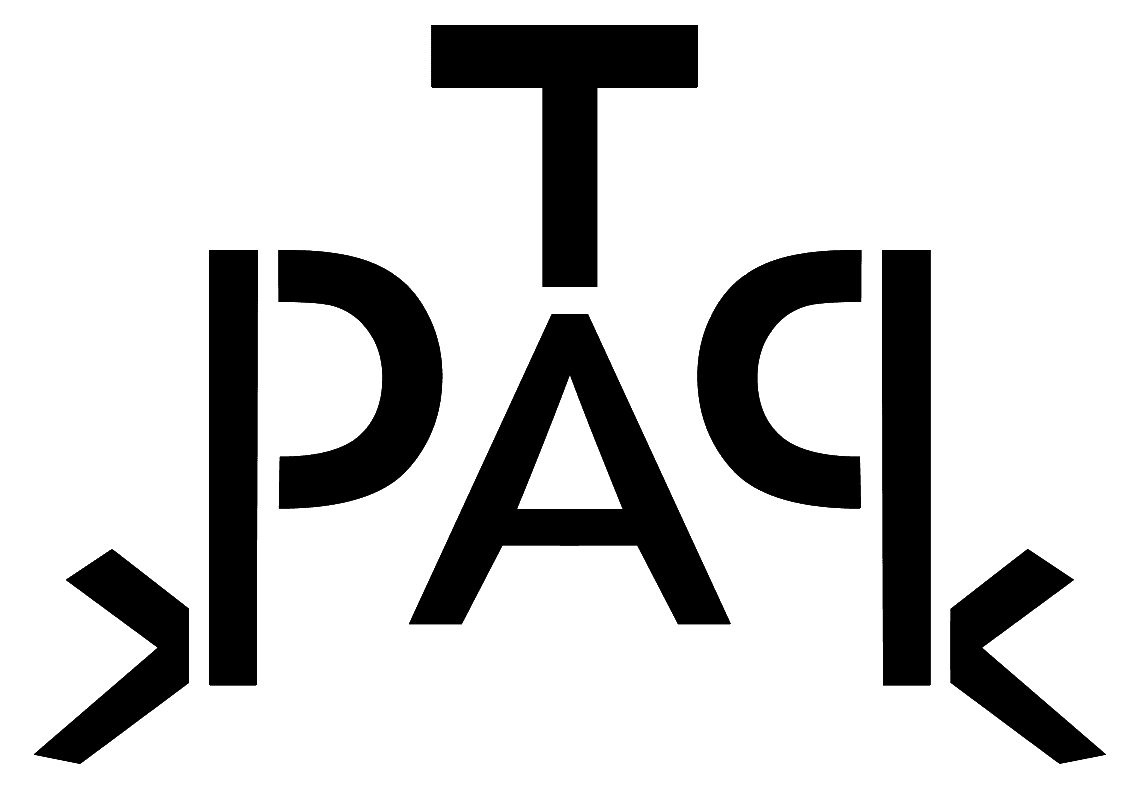I have always been interested in how we use words to capture intangibles. For instance wine connoisseurs have developed a specialized language (which sadly is quite opaque to me) to explain to each other characteristics of wine. So the words “fruity” and “dry” have specific gustatory connections.
I was reminded of this on hearing this NPR story (Andrew Bird: Words As Instruments) about singer, songwriter and multi-instrumentalist Andrew Bird. This is how he describes the goal of his latest album:
Bird says that his main focus while working on Noble Beast was to represent texture in his music.
“I think of like, when I was a kid, and I would get my Sherlock Holmes magnifying glass and throw myself down in a pile of mulch or something and go in there and pretend that I was microscopic,” Bird says. “I wanted to capture that kind of woody, mossy, decaying kind of sound.”
Think about this for a moment. A “woody, mossy, decaying kind of sound.” What does that even mean? But I guess it made sense to Bird and if you listen to his music, you can sense what he was talking about. Here is he talking about how his latest work compared with his previous music.
“I’ve always been obsessed with moss and moose’s horns. The number eight, the sort of roundness of the number eight,” he says. “The last record I made is a much more, like, pointy, toothy, jagged record. This one I wanted to make a more warm, bubbly, steamy record.”
[You can listen to the entire story, and more, by going here.]
BTW, If this seems utterly abstract to you, here is a simple quiz that should help you grasp the general idea. Look at the images below and answer to yourself, which of these images represents the sound “oompha” and which represents the sound “kakatua.” Is there any doubt in your mind about this?

The issue is not as much about whether one can develop of science of such cross-sensation representation (images for music or vice versa) but rather that such representations are even possible. The goal is to develop reasonably coherent representational schemes that allow us to develop consistent mappings between two disparate domains.
My particular interest of course is in education and teaching. I believe that teaching involves a range of experiences that defy verbal description – in the simple iconic sense of description. I believe that teaching and learning for too long has been described in brutally cognitive or instrumental terms. Clearly these approaches are important, but as important may be ways of expressing ideas and experiences that often do not receive much attention. What we need to do is develop a language that allow us to somewhat consistently express and represent the intangibles of teaching, somewhat like what Bird does in explaining his music (or wine connoisseurs do when describing wine). The lack of such a language essentially prevents us from recognizing that classrooms are far more than 4 walls, a teacher and a bunch of students… and that aesthetics play a great role in the act of teaching and learning.
Come to think of it, even before we think about what language to use to capture these ideas, we may want to focus on getting people to acknowledge that aesthetics and affect has a role to play in learning. Most educational psychology discourse does not include such vague and hard-to-measure ideas.



Is amazing how this post fits my vision 😉
I have always thought the same things. One of the books that have given me the core of this idea is, amazingly, “Flatland”. In my italian edition there is a final essay, from Giorgio Manganelli, called “A location is a language”.
I like to think of our personal language as a system, a “place” defined by the words I know and use. I think of them as dimension, or equations in a system. The define the “place”. In this sense, when a language has a word that is not in another language, that is a further “dimension”. I always been fascinated how humans struggle to define a “place” using the language: it’s the same principle that lead Innuits to have several synonyms for “white” and “snow”, and the entomologists to create a glossary to describe butterfly’s wings. The same for wine connoisseurs and art critics. We need to “live places”,for which we develop vocabularies, to understand them better. Then they becomes normal, the’re “our home”, our culture, our environment.